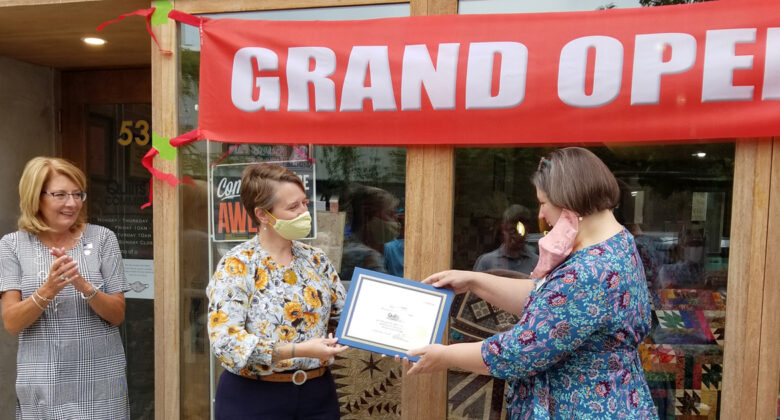
No matter if you are a brand new business or an existing business looking for funding, everyone can secure funding in some way, shape, or form. As the Technical Specialist for the Cayuga Economic Development Agency (CEDA), I underwrite business loan applications for the City and County Small Business Loan Programs. Along with underwriting, I work hand-in-hand with the Cayuga County Industrial Development Agency (CCIDA) and Auburn Industrial Development Authority (AIDA). During these trying times of COVID-19, the loan applications that are coming across my desk are in relation to businesses trying to get back to normal. I also assist startups and businesses that need help with strategizing and financial help. For businesses who aren’t quite sure how to obtain a business loan, here are some guidelines for creating a loan application from the perspective of an underwriter:
- Have an up-to-date Business Plan
Being able to provide a business plan when applying for a business loan is a key component of underwriting. Regardless if this is a brand new business or an existing business, a business plan is needed. As an underwriter, I pay particular attention to a few main sections of the business plan: the executive summary, business goals, market analysis, and financial projections. The executive summary provides an overall vision of what the business is and the goals give me an idea of where the business wants to go.
- Different Types of Financing
There are a surplus of different financing options that are advertised to businesses. Most startup businesses become very overwhelmed with the options they are presented with. For instance, small businesses may need a loan for equipment. I would recommend a small loan solely for that purpose. You never want the term of the loan to be longer than the working life of the equipment. When larger businesses look for a larger loan the first question I ask them is: Have you attempted to secure bank financing? Once they tell me they are eligible then we go through a series of questions that will help determine a correct financing option for them. Some businesses may need just a help with cash flow during a certain time of the year. In that case, a Line of Credit (LOC) may be their best option instead of a loan that they are required to pay larger payments for a decent period of time.
- Prepared Financials
For startup businesses, the financials will most likely be projection of future sales and revenues since they will not have any historical financials to provide. This is where the market analysis will help to support estimated sales and growth in future years. For an existing business, historical financial statements as well as market analysis will be the sources that support the business’s expected sales and revenues for future years.
- Equity and Collateral
As an underwriter, I almost always look to see if the owners are providing an equity contribution to the business. This is a sign of commitment to correspond with a lender’s financing. Most financing will require some sort of collateral as a security for the loan. Collateral may be personal or business assets.
- Know where to find assistance
Whether you have a start-up or an existing business, there are many sources of assistance available to business owners that help with a variety of business needs. A good place to start is to meet with our team at CEDA. Our assistance is always free and confidential. Contact our offices today for a one-on-one session to help shape your business ideas into a strategic plan.





